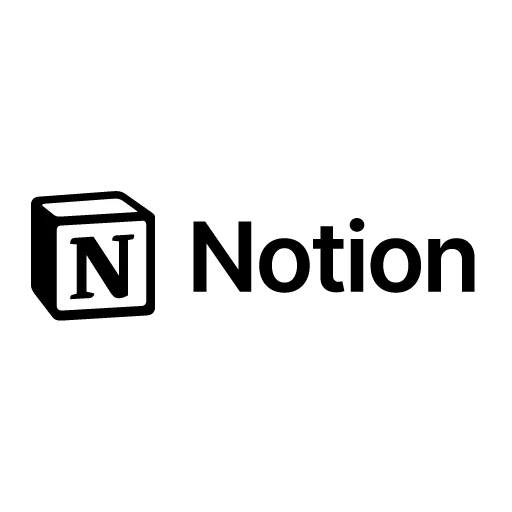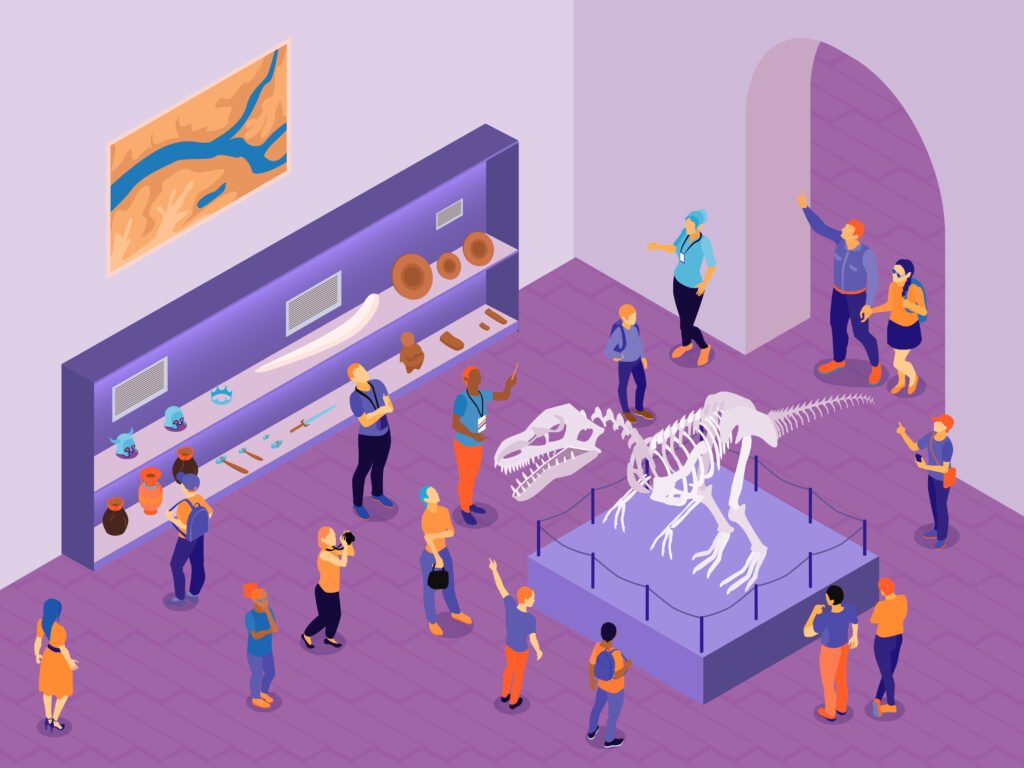The solar system planetary simulations online on this page will allow you to deepen your knowledge about the planetary system in which the Earth is located. You will learn about the inner and outer planets and you will visualize the characteristics of the motion of some of them.
The planets of the solar system
The solar system is a planetary system composed of eight main planets: Mercury, Venus, Earth, Mars, Jupiter, Saturn, Uranus and Neptune. Each planet has unique characteristics that distinguish them and make them fascinating.
Inner planets of the solar system
The inner planets of the solar system, also known as terrestrial or rocky planets, are the planets that are closest to the Sun. They have a rocky composition and are relatively small in size compared to the outer planets.
Mercury. It is the closest planet to the Sun and also the smallest. It has a rocky surface and is riddled with craters caused by asteroid and comet impacts.
Venus. It is known as Earth’s “sister planet” because of its similar size, but it is extremely inhospitable. Its dense atmosphere is composed mainly of carbon dioxide and has a scorching surface temperature.
Earth. It is our home and the only planet known so far to have life. It has a great diversity of landscapes, from mountains and oceans to deserts and jungles.
Mars. Also called the “red planet,” it has captured our imagination because of its similarity to Earth and the possibility of having harbored life in the past.
Outer planets of the solar system
The outer planets of the solar system, also known as giant or gas planets, are farther from the Sun and have distinctive characteristics compared to the inner planets.
Jupiter. It is the giant of the solar system and the largest planet. It is composed mainly of gas and has an impressive storm called the Great Red Spot.
Saturn. It is famous for its beautiful rings, which are composed of ice and rock particles.
Uranus and Neptune. They are gas giants with turbulent atmospheres and have distinctive features, such as the strongest winds in the solar system on Neptune.
Galilean satellites and other objects in the solar system
In addition to these planets, the solar system also harbors other fascinating objects.
The Galilean satellites, discovered by Galileo Galilei in 1610, are the four largest satellites of Jupiter: Io, Europa, Ganymede and Callisto. These celestial bodies stand out for their unique characteristics and their relevance in astronomy. Io is the most volcanically active object in the solar system, with more than 400 active volcanoes. Europa, with its icy surface, is a prime candidate for the search for extraterrestrial life due to the possibility of having a subsurface ocean. Ganymede is the largest satellite in the solar system, even larger than the planet Mercury, and has its own magnetic field. Callisto, on the other hand, presents a surface full of craters and it is believed that it could also have an ocean under its crust.
Pluto, although no longer officially considered a planet, is an icy dwarf object orbiting beyond Neptune. There are also asteroids, comets, and small bodies known as dwarf planets, such as Ceres and Eris, scattered throughout the solar system.
Exploring the planets of the solar system
These planets and celestial objects have been explored in detail by space missions, such as those of NASA, ESA and other international space agencies. As we continue to research and learn about the solar system, more secrets and wonders are revealed that allow us to better understand our place in the universe.
Explore the exciting STEM world with our free, online simulations and accompanying companion courses! With them you'll be able to experience and learn hands-on. Take this opportunity to immerse yourself in virtual experiences while advancing your education - awaken your scientific curiosity and discover all that the STEM world has to offer!
Simulations of the planets of the solar system
- Inner
- Venus
- Mars
- Júpiter
Inner planets of the solar system
In this first one of the online solar system planet simulations, you can see the motion of Mercury, Venus and the Earth along their orbits around the Sun. Observe how, due to their different translation speeds, the distances between the planets and the angular position of Mercury and Venus with respect to the Earth change.
Apparent motion of Venus
In this animation you can see the apparent motion of Venus as seen from the Earth.
Apparent motion of Mars
See what the motion of Mars is like with respect to the Earth and how it approaches or moves away, due to the different translation velocities of Mars and the Earth.
Galilean moons
In this last of the online solar system planet simulations, the motion of the Galilean moons, the four largest of those orbiting Jupiter: Io, Europa, Ganymede and Callisto, is depicted.
Giants of science
“If I have seen further, it is by standing on the shoulders of giants”
Isaac Newton

Isaac Newton
–

Léon Foucault
–
Become a giant


The Radio Sky II: Observational Radio Astronomy



The Radio Sky I: Science and Observations



Our Place in the Universe



The History of Ancient Environments, Climate, and Life



Introduction to Deep Earth Science



Sensing Planet Earth – Water and Ice



Our Global Ocean – An Introduction Course

























